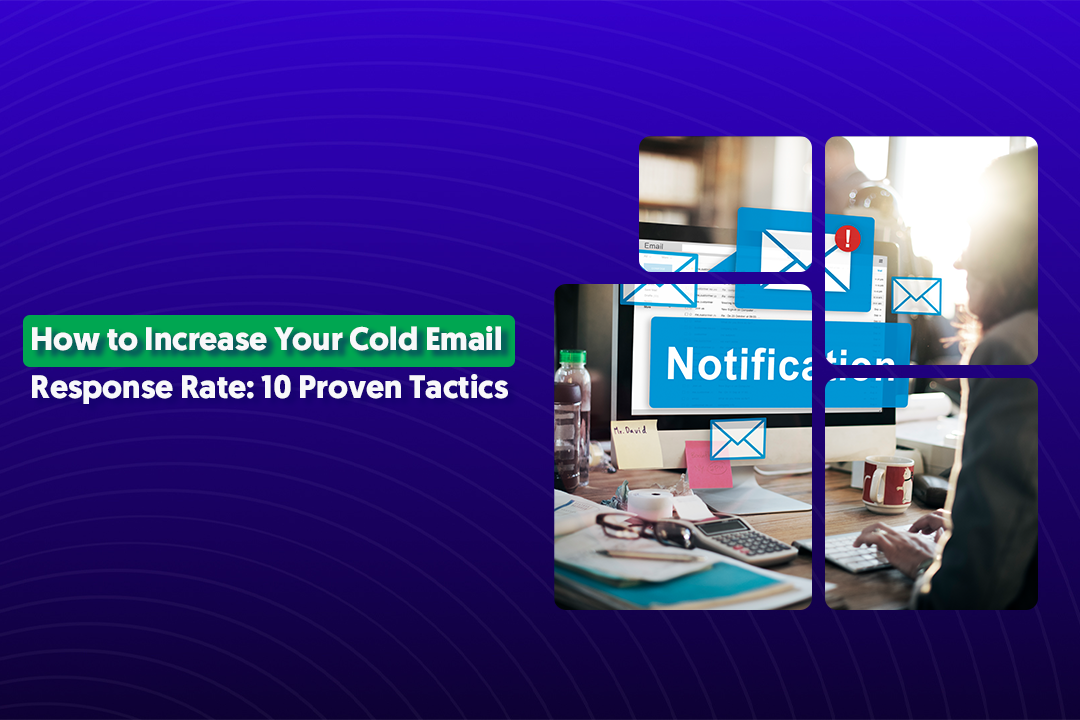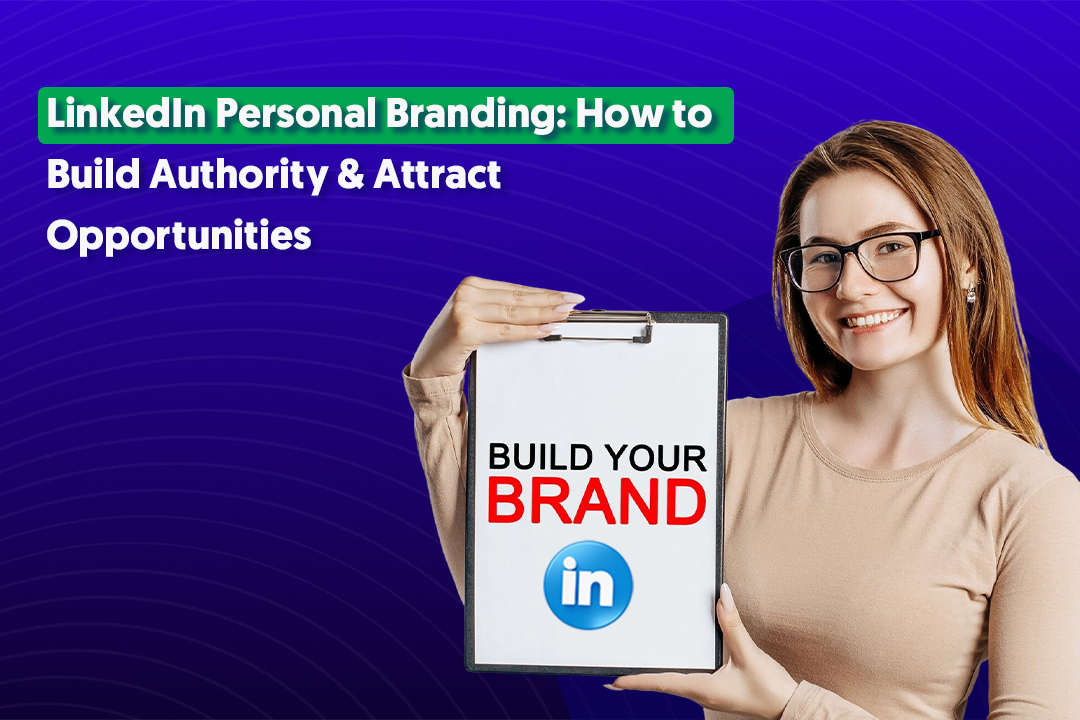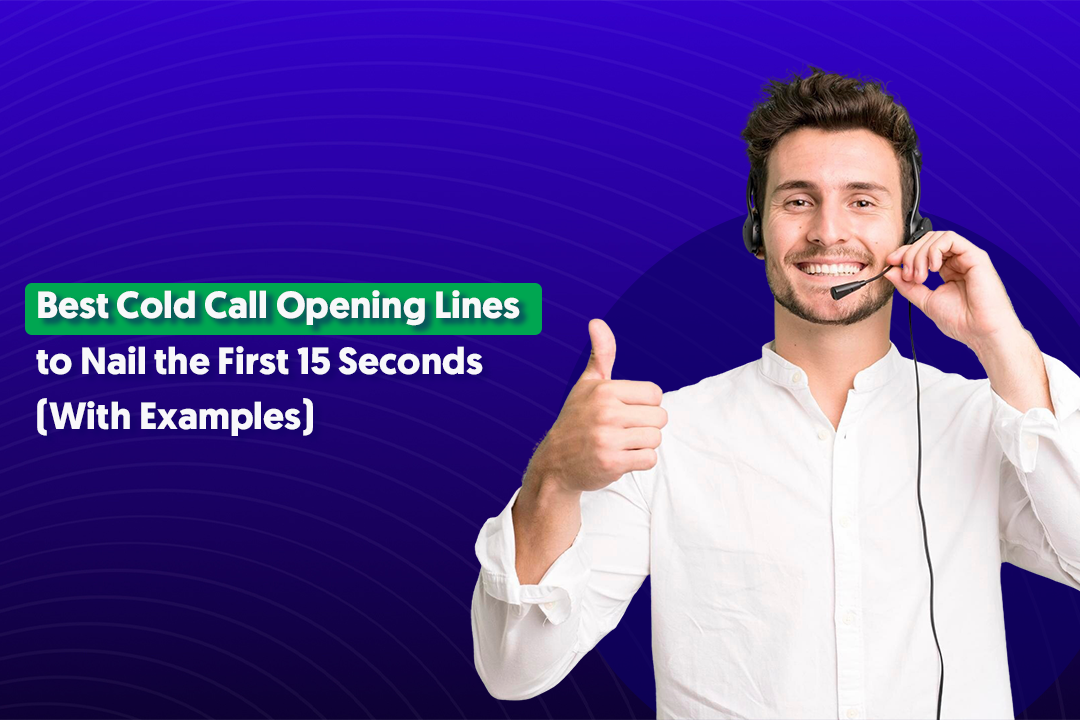Key Takeaways
- AI processes thousands of prospects while your team researches 20, surfacing high-intent leads based on behavioral signals.
- AI-powered lead scoring improves conversion rates by 30-40% by helping teams focus on buyers who are ready to purchase.
- Intent data tracking lets you reach out when prospects are actively researching, not six months too early or late.
- AI enables personalized outreach at scale without spending 30 minutes researching each prospect.
- Keep humans in charge of conversations—over-automation kills response rates and relationships.
- Monitor AI performance monthly to ensure lead scores predict conversions and messaging gets responses.
AI b2b lead generation isn't just another trending topic that'll fade away by next quarter. It's actually changing how we find and connect with potential customers right now.
Here's the thing though. Most businesses are either completely ignoring AI (big mistake) or they're using it wrong (equally big mistake).
AI b2b lead generation works best when you use it to amplify what your team already does well. Think of it as your research assistant, your copywriter, and your data analyst all rolled into one, except it never takes a lunch break and doesn't mind doing the boring stuff.
In this post, we're breaking down 10 practical ways you can use AI to generate more qualified leads without losing that personal touch.
Whether you're running LinkedIn outreach, cold email lead gen campaigns, or cold calling system, there's an AI application here that'll save you time and get you better results.
Let's get into it.

Why Use AI for B2B Lead Generation?
Before we jump into the tactics, let's talk about why b2b lead generation using ai actually makes sense for your business.
It processes data at a scale humans simply can't match
Your sales team can manually research maybe 20-30 prospects a day if they're really pushing it. AI can analyze thousands of companies in that same timeframe, looking for intent signals like job postings, funding announcements, tech stack changes, and website activity.
Your prospecting gets way more accurate
We've all been there. You spend hours building a list only to realize half the contacts have changed jobs or the companies aren't even a good fit. B2b lead generation using ai cuts through that noise by continuously validating data and scoring leads based on real behavioral signals, not just demographics.
Less manual work, fewer mistakes
Human error is expensive. Sending an email to the wrong person, missing a follow-up, or forgetting to update your CRM, these small mistakes add up. AI handles the repetitive stuff that usually causes these slip-ups:
- Data entry and enrichment
- Follow-up sequencing and timing
- Lead scoring and prioritization
- List cleaning and validation
Your team stops wasting time on admin work and starts having more conversations.
Personalization without the time sink
B2b lead generation using ai lets you personalize outreach at a scale that was impossible before. AI can analyze a prospect's LinkedIn activity, recent company news, shared connections, and industry trends, then help you craft messages that actually resonate.
You're not sending generic templates, but you're also not spending 30 minutes researching each prospect.
Learn More: How to Write a Friendly Reminder Email That Gets Replies (100% Working Templates)
10 Proven AI B2B Lead Generation Methods
Now let's get into the actual ai b2b lead generation methods that are working right now. We've tested these with thousands of clients, and they deliver real results when implemented correctly.
1. AI-Powered Lead Scoring and Prioritization
What it does: AI analyzes your historical conversion data to figure out which prospects are most likely to actually become customers. It looks at patterns like company size, industry, engagement behavior, and dozens of other signals to rank your leads.
The benefit: Your sales team stops wasting time on tire-kickers and focuses on the prospects who are ready to buy. We're talking about a 30-40% improvement in conversion rates just from better prioritization.
Real use case: Let's say you have 500 new leads from a campaign. Instead of your team randomly calling through the list, AI scores them and surfaces the 50 leads that match your best customer profile and are showing buying intent. Those 50 get immediate attention while the rest enter a nurture sequence.
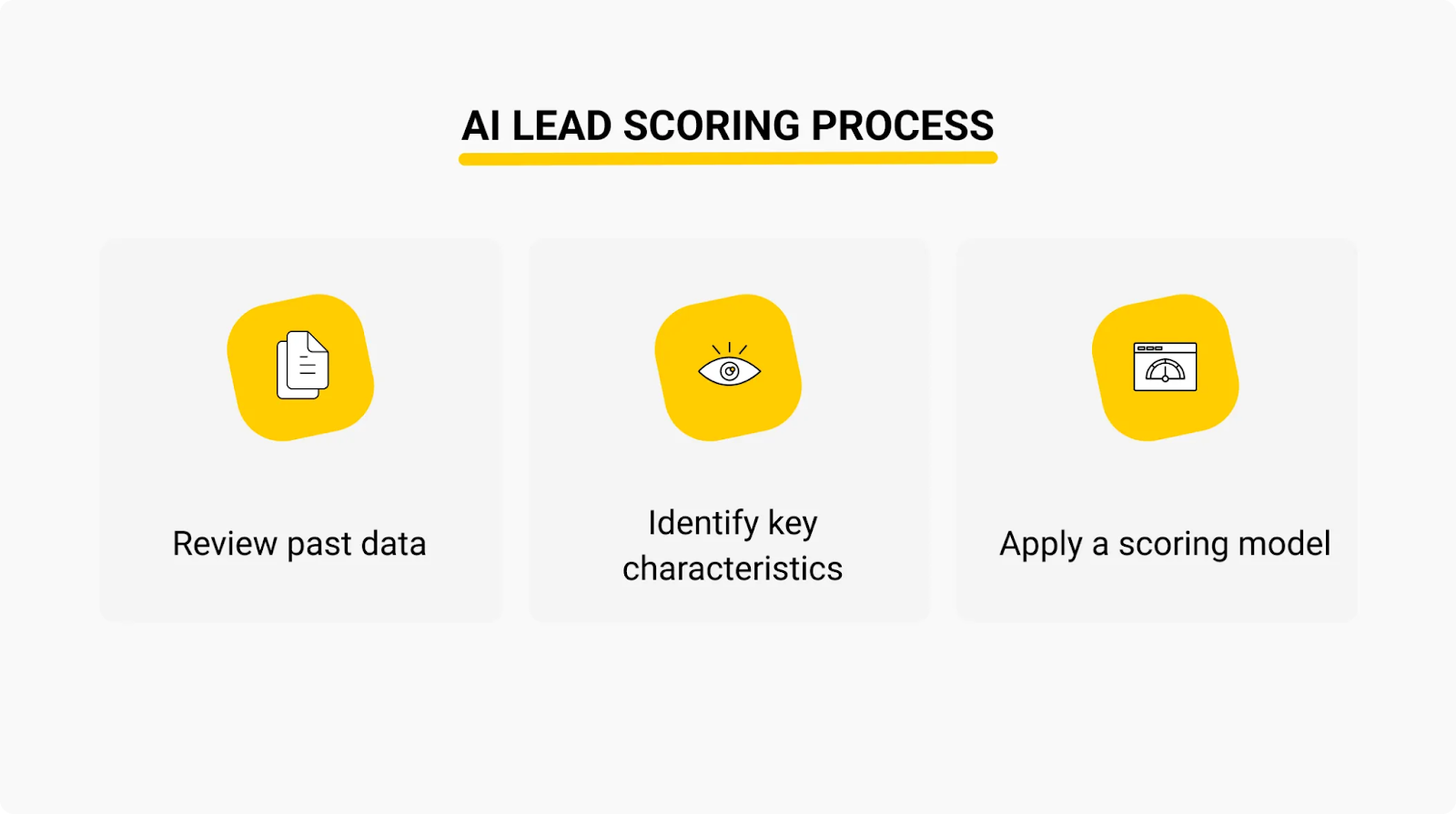
2. Predictive Analytics for Ideal Customer Profiles (ICP)
What it does: AI digs through your existing customer base and identifies the specific characteristics that your best customers share. Then it finds more companies that fit that exact profile.
The benefit: You stop guessing who your ICP is and start targeting based on actual data. This is one of the most effective ai b2b lead generation methods for reducing wasted outreach.
Real use case: You might think your ICP is "SaaS companies with 50-200 employees." But AI reveals that your best customers are actually SaaS companies in healthcare tech, with 75-150 employees, that just raised Series A funding. That specificity changes everything about your targeting.
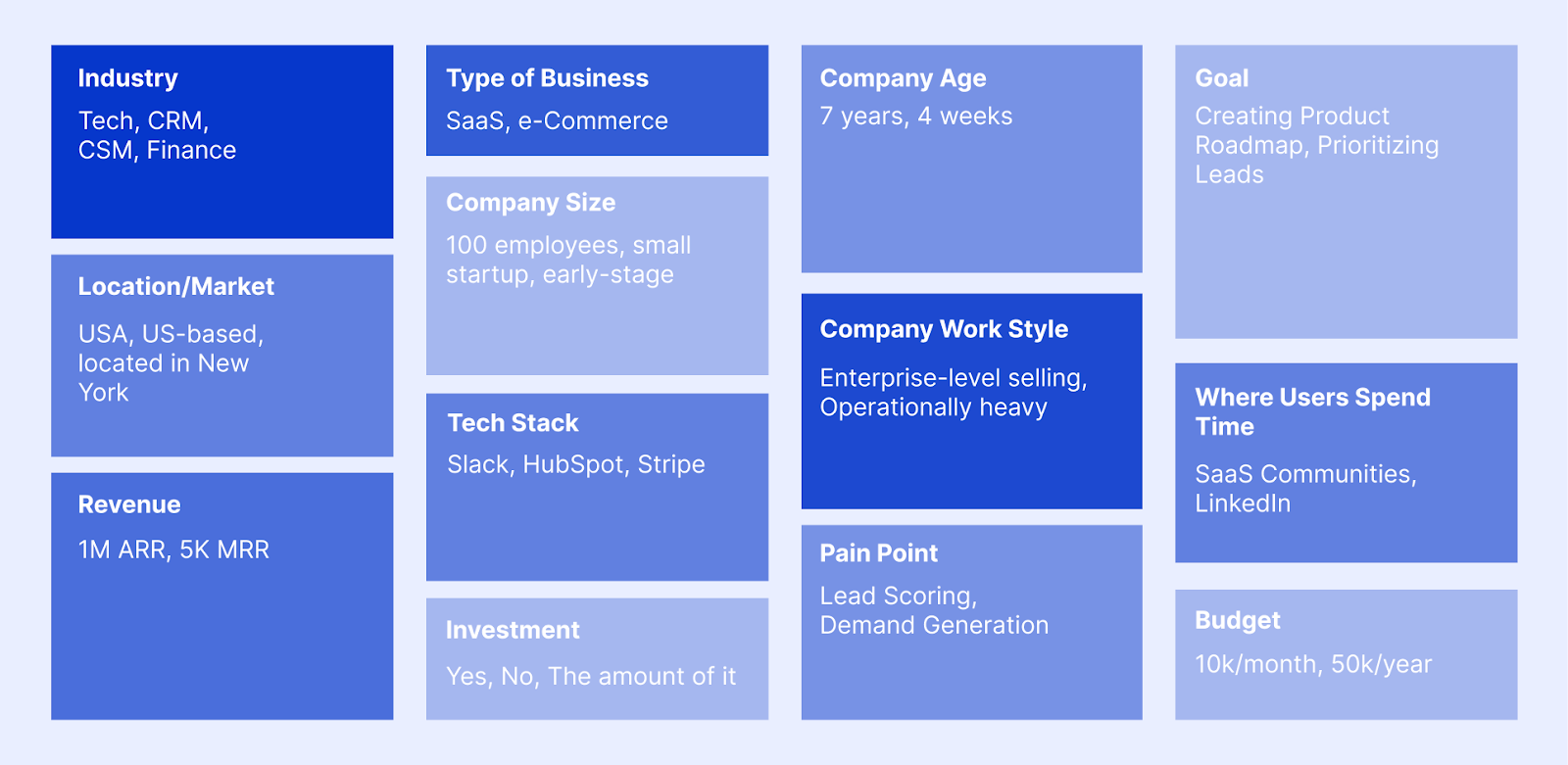
3. Intent Data Analysis for Timely Outreach
What it does: AI tracks behavioral signals across the web—things like content downloads, website visits, job postings, funding announcements, and technology changes. It tells you when a company is actively researching solutions like yours.
The benefit: You reach out when prospects are actually in buying mode, not six months too early or too late. Timing is everything in B2B sales.
Real use case: A prospect visits your pricing page three times in one week, downloads a competitor comparison guide, and their company just posted a job for a role that typically uses your product. AI flags this as high intent, and your team reaches out that day with a relevant message.
Check this out: 10 Proven Ways to Find Someone’s Email Address (Methods We Actually Use)
4. Automated Prospect Research & Enrichment
What it does: AI pulls firmographic data (company size, revenue, industry), demographic information (job titles, locations), and social insights (LinkedIn activity, recent posts) automatically. No more manual research.
The benefit: What used to take your SDRs 15-20 minutes per prospect now happens instantly. They get a complete profile before making first contact.
Real use case: You upload a list of company names. AI automatically enriches it with verified email addresses, phone numbers, tech stack information, recent news, decision-maker contacts, and company growth indicators. Your team gets a spreadsheet that's actually ready to work.
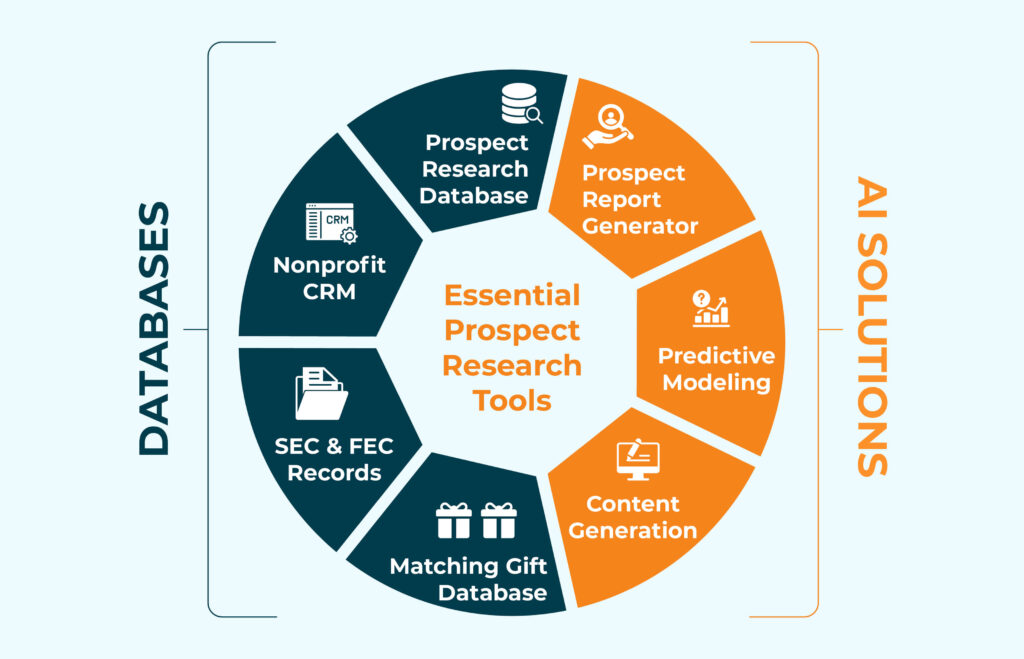
Dive Deeper: Cold Email Prospecting Strategy That Gets 40%+ Reply Rates
5. Chatbots and Conversational AI for Lead Qualification
What it does: AI-powered chatbots engage website visitors 24/7, ask qualifying questions, and route serious prospects to your sales team while capturing contact info from everyone else.
The benefit: You never miss a lead because someone visited your site at 2am on a Saturday. Plus, the bot pre-qualifies them so your team only talks to people who meet your criteria.
Real use case: A prospect lands on your pricing page at 11pm. The chatbot asks what problems they're trying to solve, company size, and timeline. If they're a good fit, it books a meeting directly on your calendar. If not, it offers relevant resources and captures their email for nurturing.
6. AI-Powered Cold Email Personalization
What it does: AI analyzes prospect data and company information to generate personalized email copy that references specific pain points, recent company news, or industry trends. It's not mail merge—it's actual relevant personalization.
The benefit: Your response rates go up because you're sending messages that feel custom-written, even when you're reaching hundreds of prospects. This is where ai b2b lead generation methods really shine for scale.
Real use case: Instead of "Hi [First Name], I saw your company and thought you might be interested in our solution," AI helps you write: "Hi Sarah, noticed TechCorp just expanded into the Austin market. Most companies we work with see a 30% increase in lead flow when scaling to new regions—happy to share what worked for similar fintech companies."
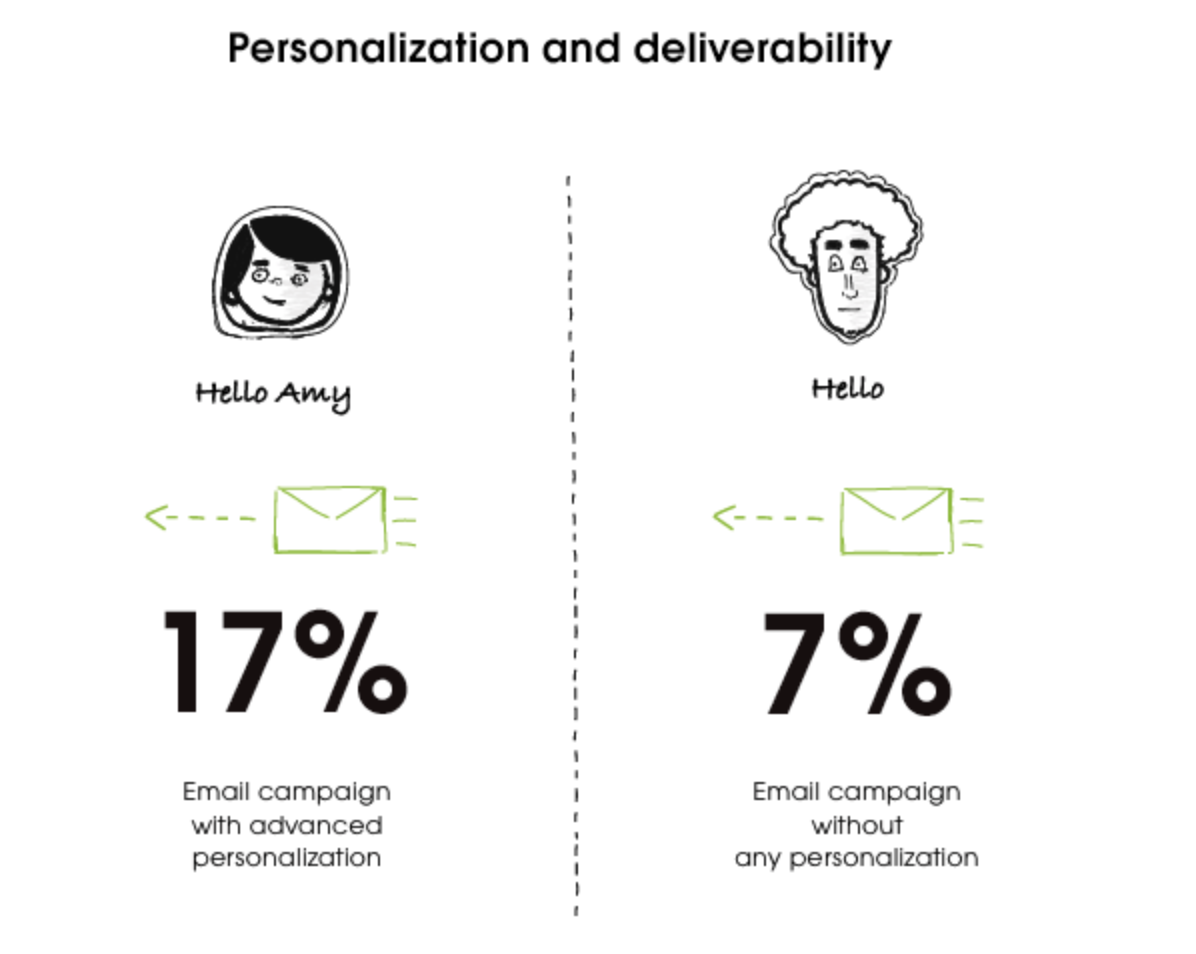
7. AI for LinkedIn Prospecting & Outreach
What it does: AI identifies your ideal prospects on LinkedIn, helps craft personalized connection requests and follow-up messages, and manages your outreach sequences while staying within LinkedIn's limits.
The benefit: LinkedIn is still the goldmine for B2B leads, and AI helps you work it systematically without getting your account flagged or wasting hours on manual outreach.
Real use case: At Cleverly, we use AI to help clients identify decision-makers at target accounts, craft messages that reference mutual connections or shared interests, and schedule follow-ups based on engagement. A client in the HR tech space used this approach to book 47 qualified meetings in one month—all from LinkedIn outreach.
Explore Further: LinkedIn Prospecting: How To Generate 30+ Inbound Leads Every Month
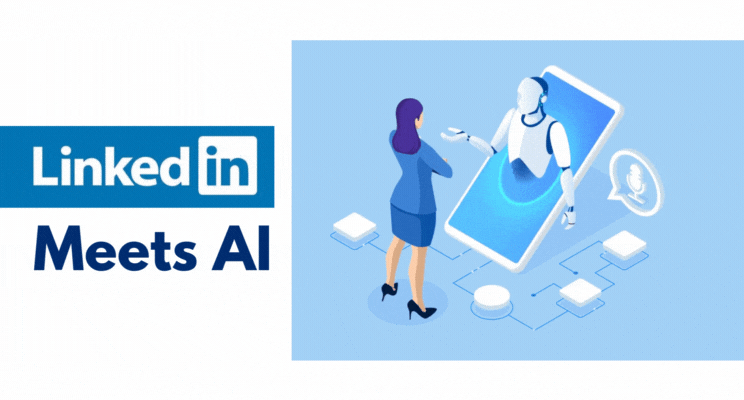
8. AI-Powered Ad Targeting & Retargeting Campaigns
What it does: AI analyzes which audience segments convert best and automatically adjusts your ad targeting on platforms like LinkedIn, Google, and Meta. It also builds retargeting audiences based on engagement behavior.
The benefit: Your ad spend goes further because you're showing ads to people who are statistically more likely to convert. Less waste, better ROI.
Real use case: You run LinkedIn ads targeting CFOs at mid-market companies. AI notices that CFOs at companies with 200-500 employees in manufacturing convert 3x better than other segments. It automatically shifts budget to that audience and creates lookalike audiences to scale what's working.
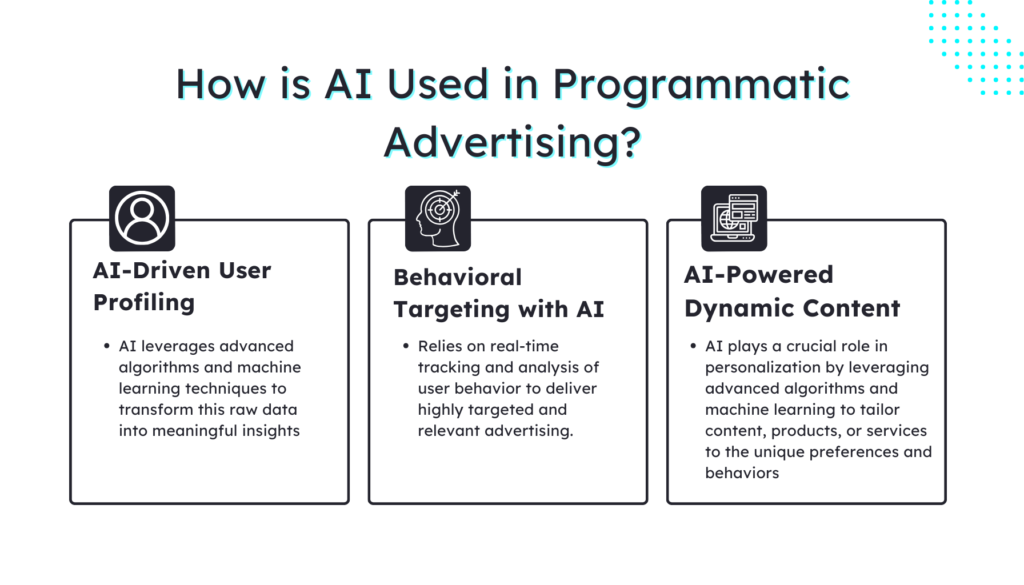
9. Sales Forecasting & Funnel Optimization with AI Insights
What it does: AI analyzes your pipeline data to predict which deals will close, when they'll close, and where bottlenecks are happening in your funnel. It spots patterns that humans miss.
The benefit: You can make smarter decisions about resource allocation, quota planning, and where to focus your team's efforts. It's like having a crystal ball for your pipeline.
Real use case: AI notices that deals where prospects attend a demo and download a case study within the first week close at 67%, while deals without that pattern close at 18%. Your team adjusts their process to prioritize getting prospects to take both actions early, and close rates improve across the board.
10. Lead Nurturing with AI-Driven Email Sequences
What it does: AI monitors how prospects engage with your emails and content, then automatically adjusts what they receive next. It's dynamic nurturing that adapts to individual behavior.
The benefit: Prospects get content that's actually relevant to where they are in the buying journey. No more generic drip campaigns that half your list ignores.
Real use case: A prospect opens your email about ROI calculators but doesn't click. AI notes the interest and sends a follow-up with a case study featuring ROI results instead of pushing a demo invite. Three days later, when they click through and spend time on your pricing page, AI triggers an email from a sales rep offering to discuss pricing options.
Best Practices to Succeed with AI in Lead Generation
Having the right ai b2b lead generation tools is only half the battle. Here's how to actually make them work without shooting yourself in the foot.
Maintain Data Accuracy & Compliance (GDPR/CCPA)
Here's the deal: AI is only as good as the data you feed it. Garbage in, garbage out. And if that garbage includes outdated contact info or data you shouldn't have in the first place, you've got bigger problems than bad lead quality.
Keep your data clean by running regular validation checks. People change jobs, companies get acquired, email addresses bounce. Set up automated data hygiene processes that flag and remove bad information before it messes up your AI models.
On the compliance side, this isn't optional. GDPR and CCPA are real, and the fines are no joke. Make sure you're:
- Getting proper consent before adding contacts to your database.
- Honoring opt-out requests immediately.
- Keeping clear records of where your data came from.
- Only storing data you actually need and have permission to use.
- Being transparent about how you're using AI to process personal information.
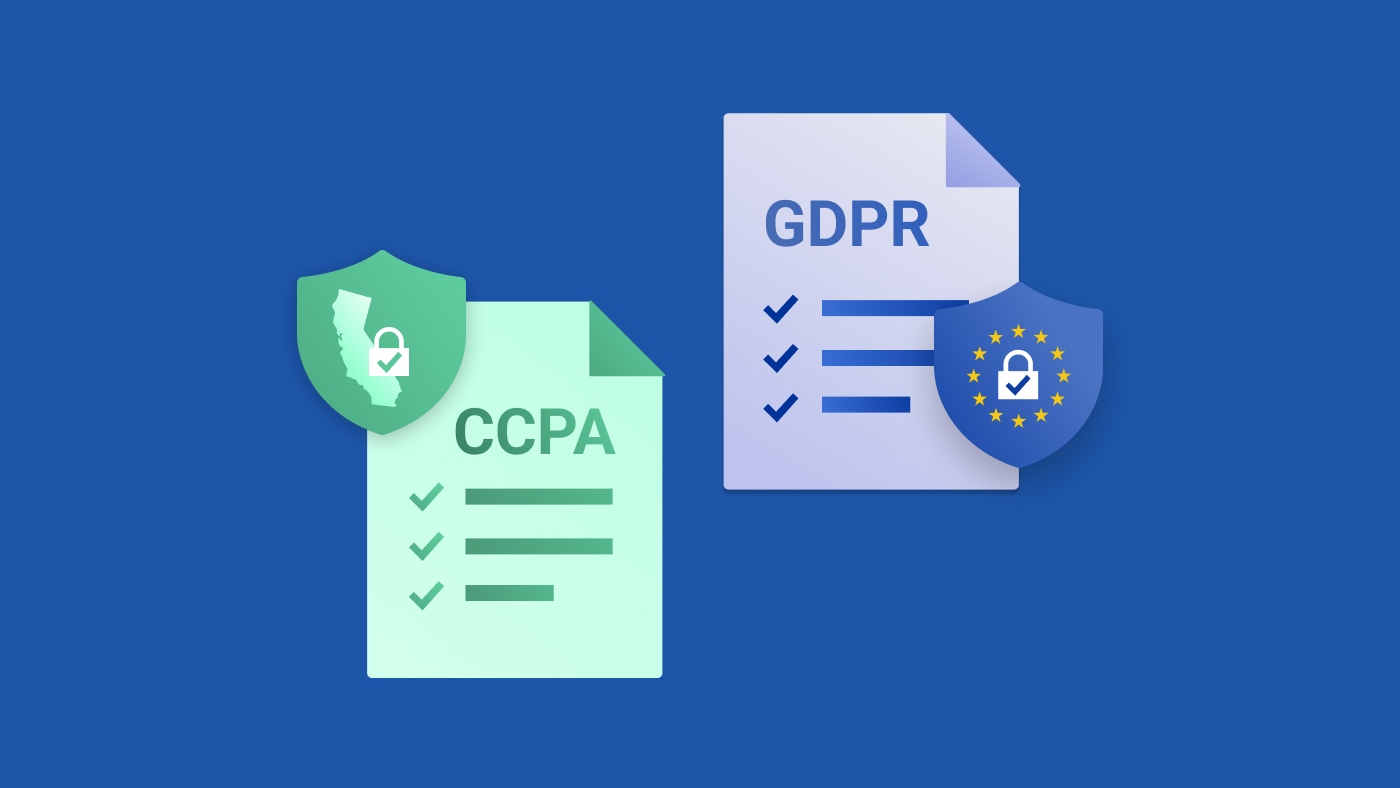
Don't Over-Automate — Keep the Human Touch
This is where most people screw up. They get AI tools and think "great, now I can automate everything and let the robots do all the work." Then they wonder why their response rates tank.
B2B buyers can smell a fully automated outreach campaign from a mile away. And they hate it.
Use AI to handle the research, the data analysis, the lead scoring, and the initial personalization. But when it comes time to actually connect with a human being, let your sales team do what they do best.
Good automation: AI researches 50 prospects, scores them, writes first-draft personalized emails that your rep reviews and tweaks before sending.
Bad automation: AI sends 500 identical emails with [FIRST_NAME] tokens and no human ever looks at them.
At Cleverly, we always tell clients: AI should make your team more efficient, not replace them. The best results come from AI doing the heavy lifting so your reps can focus on building real relationships. That's what actually closes deals.
Monitor AI Performance & Continuously Optimize
AI isn't set-it-and-forget-it. Your market changes, your ICP evolves, and what worked three months ago might not work today.
Set up regular check-ins to review how your AI tools are performing:
- Are the lead scores actually predicting conversions? Check your data monthly.
- Is the AI-generated copy getting responses? A/B test and adjust your prompts.
- Are you seeing any weird patterns or biases in who gets scored high? AI can pick up and amplify existing biases if you're not careful.
- What's your cost per qualified lead compared to before AI? Track your ROI.
The companies killing it with ai b2b lead generation best practices treat their AI stack like any other part of their sales process. They measure it, test it, and improve it constantly. They don't just turn it on and hope for the best.
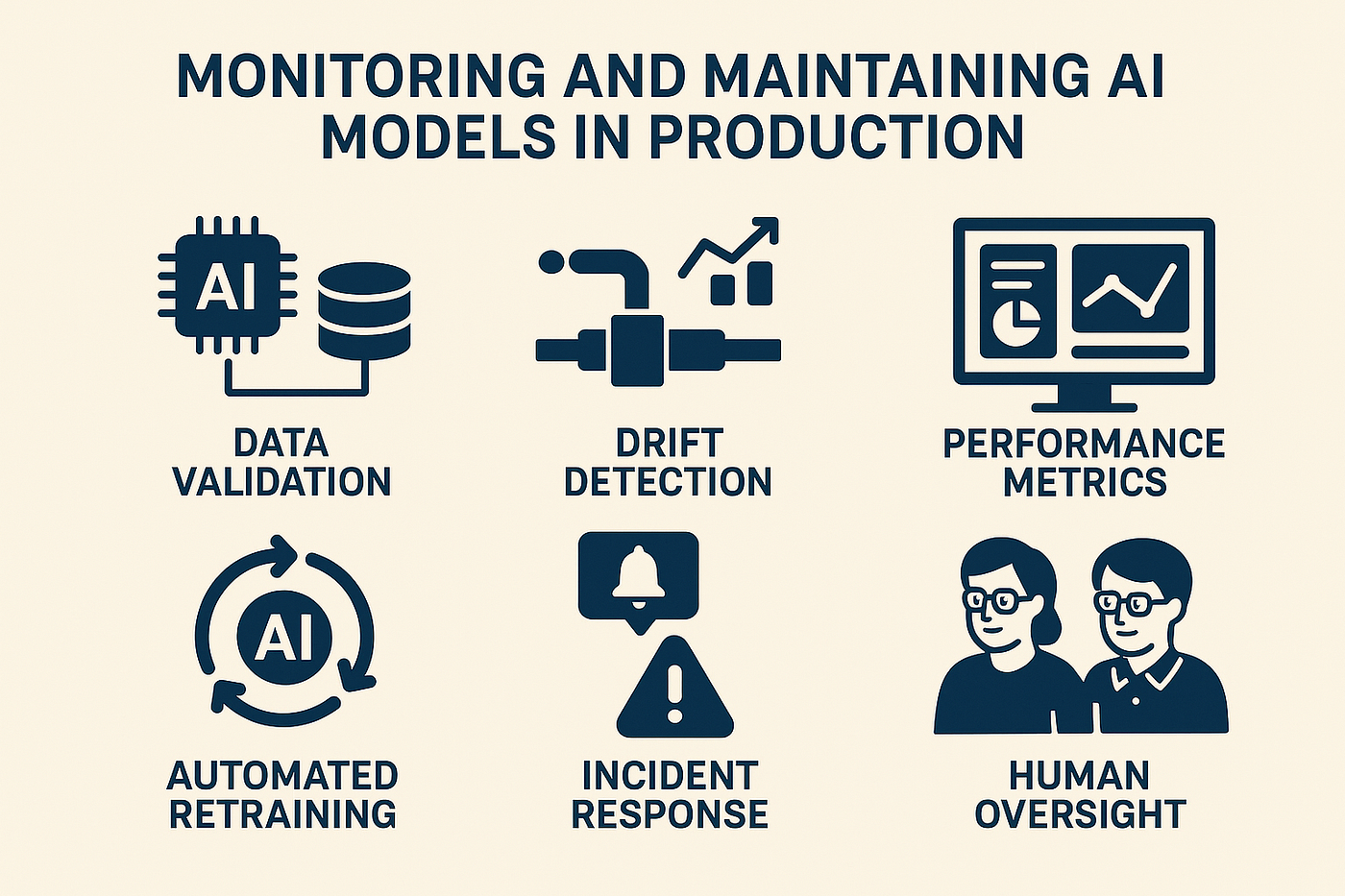
Align AI Insights with Sales and Marketing Teams
AI can surface amazing insights, but if your sales and marketing teams aren't on the same page about what to do with them, you're wasting the opportunity.
We see this all the time: Marketing uses AI to identify high-intent accounts, but sales has no idea which leads came from that analysis or how to prioritize them.
Or sales notices that AI-scored leads are converting better, but marketing keeps running the same campaigns as before.
Get everyone in the same room (literally or virtually) and make sure:
- Both teams understand what the AI is doing and why.
- There's a clear handoff process when AI flags a high-priority lead.
- Everyone has access to the same dashboards and insights.
- Sales is feeding back data on what's actually converting so marketing can adjust.
- You're using the same definitions for things like "qualified lead" and "high intent"
The best ai b2b lead generation best practices involve breaking down silos. When your sales team knows exactly why marketing sent them a particular lead, and marketing knows exactly what happened to that lead after handoff, that's when AI really multiplies your results.

Scale Your B2B Lead Generation with Cleverly
The truth is, AI tools for b2b lead generation are powerful, but tools alone don't close deals. Strategic execution does.
We've proven this with over 10,000 companies, generating 224,700+ leads, $51.2M in closed revenue, and $312M in pipeline.
The difference? We combine AI intelligence with human expertise to actually get results.

What Makes Us Different
As a b2b lead generation agency, we don't just hand you software and wish you luck. We handle everything:
AI-Powered Precision
- Build ICPs using enriched data and real conversion patterns.
- Personalize every message with AI that references specific pain points and company news.
- Target decision-makers who are actually ready to buy.
Done-For-You Execution
- Unlimited LinkedIn and cold email campaigns.
- Thousands of emails sent monthly with full inbox and domain setup.
- CRM integration so leads flow directly to your sales team.
- Dedicated account manager and ongoing optimization
Results You Can Count On
- Pay per meeting-ready lead (no fluff, no time-wasters)
- Month-to-month, no long-term contracts
- Advanced dashboard tracking every metric that matters

Ready to Fill Your Pipeline?
Boost your pipeline with Cleverly's proven B2B lead generation strategies. Get started today!
Conclusion
AI b2b lead generation isn't about replacing your sales team, it's about making them unstoppable. Use AI to handle the research, scoring, and personalization at scale, then let your team focus on what actually closes deals: building real relationships.
The companies crushing it in 2025 aren't choosing between AI and human touch. They're using both. Start with one or two of these methods, measure what works, and scale from there.
And if you want help implementing any of this without the trial and error, that's exactly what we do at Cleverly. We've already figured out what works, now we just help you execute it.
Frequently Asked Questions



